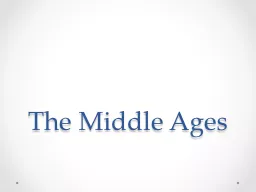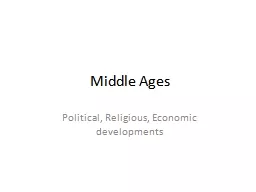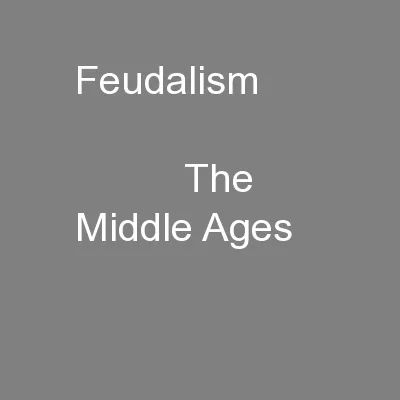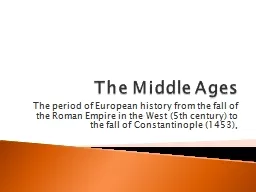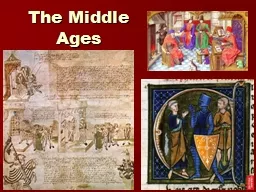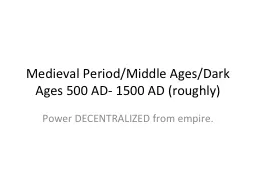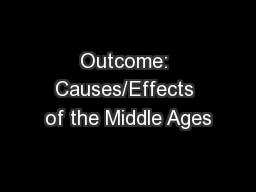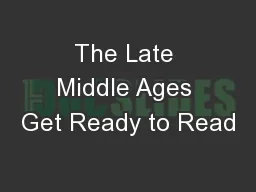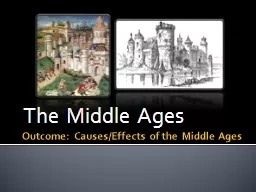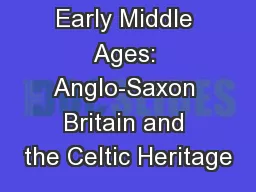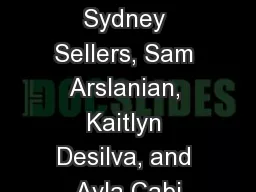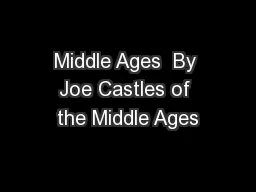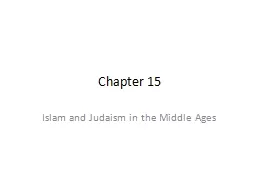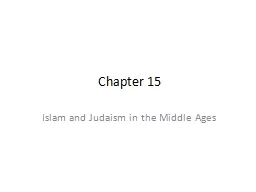PPT-The Middle Ages Middle Ages
Author : myesha-ticknor | Published Date : 2018-03-13
Also known as the Medieval Period Occurred from 4001400 Three classes of people Nobility Clergy Peasants Nobility The nobility were rich landowners These are the
Presentation Embed Code
Download Presentation
Download Presentation The PPT/PDF document "The Middle Ages Middle Ages" is the property of its rightful owner. Permission is granted to download and print the materials on this website for personal, non-commercial use only, and to display it on your personal computer provided you do not modify the materials and that you retain all copyright notices contained in the materials. By downloading content from our website, you accept the terms of this agreement.
The Middle Ages Middle Ages: Transcript
Download Rules Of Document
"The Middle Ages Middle Ages"The content belongs to its owner. You may download and print it for personal use, without modification, and keep all copyright notices. By downloading, you agree to these terms.
Related Documents

